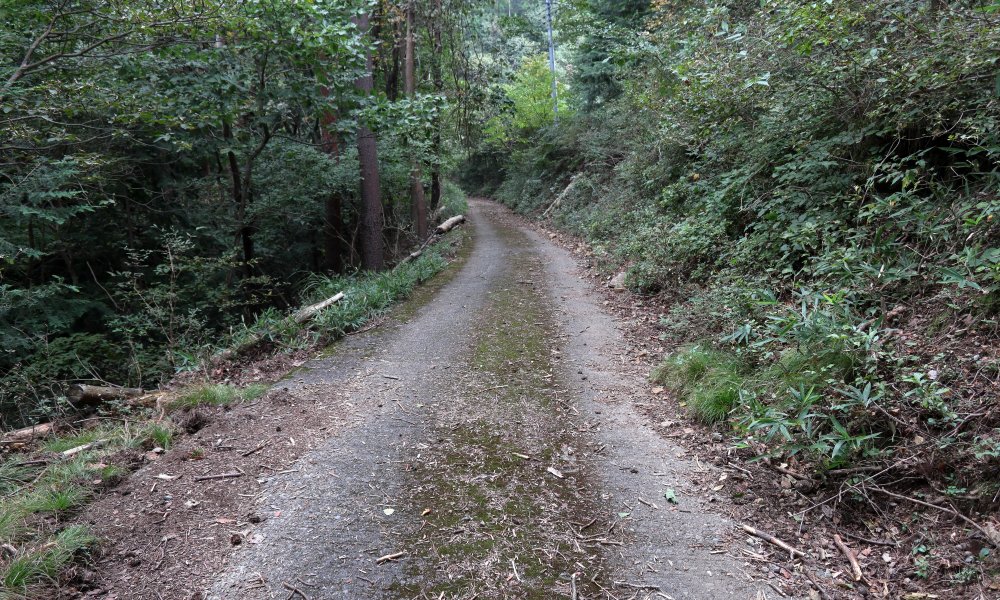Off-roading creates incredible opportunities to explore remote wilderness areas and challenge your driving skills. However, with this freedom comes responsibility to protect the environment and respect other trail users. Following proper trail etiquette ensures that off-roaders understand what to do and what not to do while preserving trails for future generations.
Follow a Pre-Trail Checklist
Before hitting the trails, check your vehicle’s tires, brakes, fluids, and suspension to avoid breakdowns or environmental damage. Pack essentials like recovery tools, tire repair kits, water, food, and a first aid kit to handle emergencies, especially in areas without cell service. Off-roading beginners should follow a guide or packing list to ensure they have all the essentials for the road.
Another step is to look into trail difficulty, conditions, and regulations, as some require permits or have seasonal closures. Proper preparation ensures a safer adventure and helps you visit trails that are compatible with your vehicle.
On the Trail: The Dos
When off-roading, stick to designated trails to protect the environment and avoid damaging vegetation or causing erosion that can take years to recover. Remember that uphill traffic has the right of way, as stopping and restarting on steep grades is difficult.
Practicing clear communication with other trail users will help you stay safe and keep the atmosphere fun and friendly. Use hand signals, CB radios, or simple gestures to coordinate with other drivers and share important information about trail conditions or potential hazards along the way.
On the Trail: The Don’ts
Pack out everything you bring, including food scraps and cigarette butts, as litter harms wildlife and disrupts the natural experience for others. Even biodegradable items like apple cores don’t belong in ecosystems where they aren’t naturally found.
Keep noise levels reasonable to respect the peace of nature and avoid disturbing wildlife and other visitors—loud music, shouting, or excessive engine revving can ruin the experience for everyone.
When taking breaks or photos, don’t stand or leave vehicles on the road or trail. This prevents forcing others to create alternate routes, which can lead to environmental damage. On narrow sections, consider posting a spotter to ensure smooth trail traffic.
Take Environmental Responsibility
Tread Lightly practices promote responsible outdoor recreation through education and stewardship, encouraging behaviors that minimize environmental impact, respect nature, and preserve access to public lands.
Key practices include leaving natural areas as you found them by avoiding collecting plants, rocks, or artifacts and steering clear of actions that spread invasive species. Respect wildlife by observing from a distance, avoiding feeding them, and driving cautiously in areas where animals are present to prevent dangerous dependencies or aggression.
Off-roading is one of the best ways for adventurers to explore the outdoors, but they must do so responsibly. Practicing off-roading etiquette and knowing what not to do ensures that trails remain open and accessible for years to come. Following these etiquette guidelines protects the environment, maintains positive relationships with other users, and demonstrates that the off-road community takes stewardship seriously. Share these principles with fellow enthusiasts and encourage responsible behavior on every adventure.


